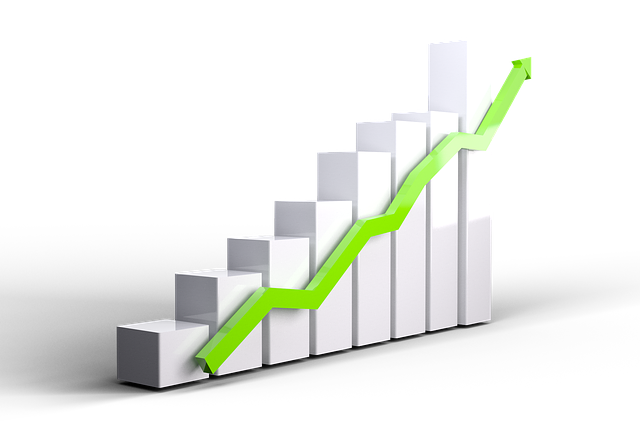Gold futures on Friday fell back to levels last seen in April 2020, under pressure as the U.S. dollar soared versus major rivals and bond yields jumped amid fears aggressive monetary tightening by central banks could spark a global recession.
Price action
- Gold for December delivery GC00, -1.80% GCZ22, -1.80% fell $30.10, or 1.8%, to $1,651 an ounce on Comex, the lowest for a most-active contract since early April 2020, FactSet data show. For the week, prices traded around 1.8% lower.
- December silver SIZ22, -4.19% fell 83.2 cents, or 4.2%, to $18.785 an ounce, on track for the lowest finish in two weeks. Prices were trading 2.8% for the week.
- October platinum PLV22, -5.45% was down 4.9% at $861.20 an ounce, while December palladium PAZ22, -4.13% lost 4% to $2,088 an ounce.
- December copper HGZ22, -3.80% declined by 3.9% to $3.3365 a pound.
Market drivers
Gold failed to benefit Friday from its status as a haven during periods of geopolitical and economic uncertainty.
“The pressure gold is coming under in the current macroeconomic environment, with interest rates going up across the world and likely to continue doing so for a number of months yet, means it is hard to see how the metal can make gains with the question more about how low it will go,” said Rupert Rowling, market analyst at Kinesis Money, in a note.
The Federal Reserve earlier this week delivered another outsize interest rate hike and signaled it would drive rates higher than market participants had previously anticipated. A number of other global central banks also delivered rate increases this week, underlining investor worries about the economic outlook.
Gold’s “inability to break and trade over $1,700” after the Fed meeting is the key reason why gold is “trading with a falling bias,” said Chintan Karnani, director of research at Insignia Consultants.
Treasury and other government bond yields jumped on Friday. Rising bond yields raise the opportunity cost of holding nonyielding assets like commodities. The dollar, meanwhile, continued its march higher, with the ICE U.S. Dollar Index DXY, +1.29% at its highest in more than 20 years. A rising dollar makes commodities priced in the unit more expensive to users of other currencies.
The main supportive factor for gold remains the war in Ukraine, after Russian President Vladimir Putin this week moved to escalate the conflict and hinted at the potential use of nuclear weapons, Rowling said.
“With this week’s announcements already old news for the markets, the focus switches to what the central banks will do next with next week’s slew of inflation data likely to be highly instructive in determining their approach and whether even more aggressive hikes are needed to tame the fast pace at which consumer prices are rising,” he wrote. “If these bring more high prints, then this would exacerbate the downward pressure on gold with banks likelier to implement even larger hikes as a result.”
Still, Karnani pointed out to MarketWatch that gold prices are firm in “every currency except the U.S. dollar, which is a positive long-term sign” for the precious metal.
If gold crashes, there will be “huge gold demand” between the $1,576 to $1,600 zone, he said.
The Indian festival season will start from Monday and continue till the end of October,” said Karnani. The lower gold price is “bringing cheer to jewelers as demand is expected to be on the higher side.”

